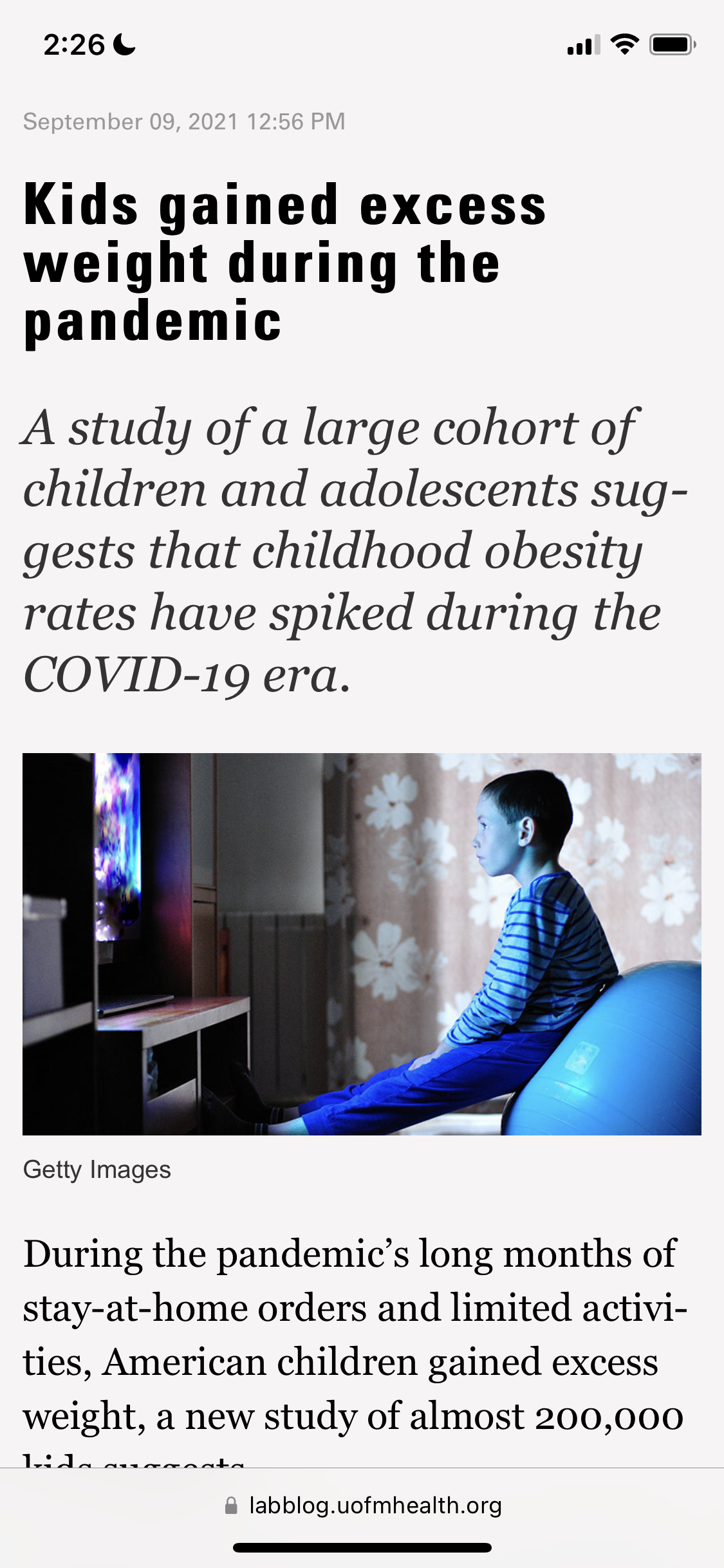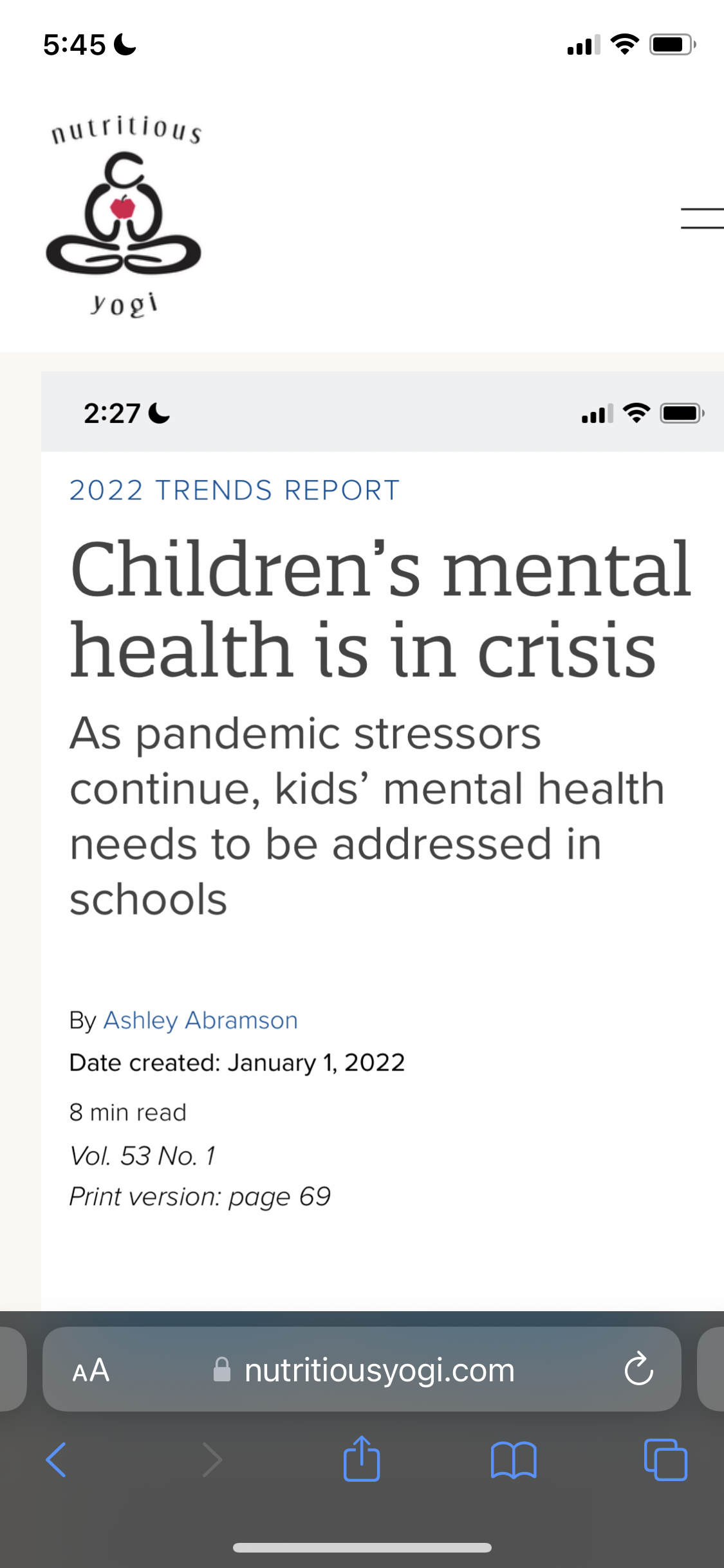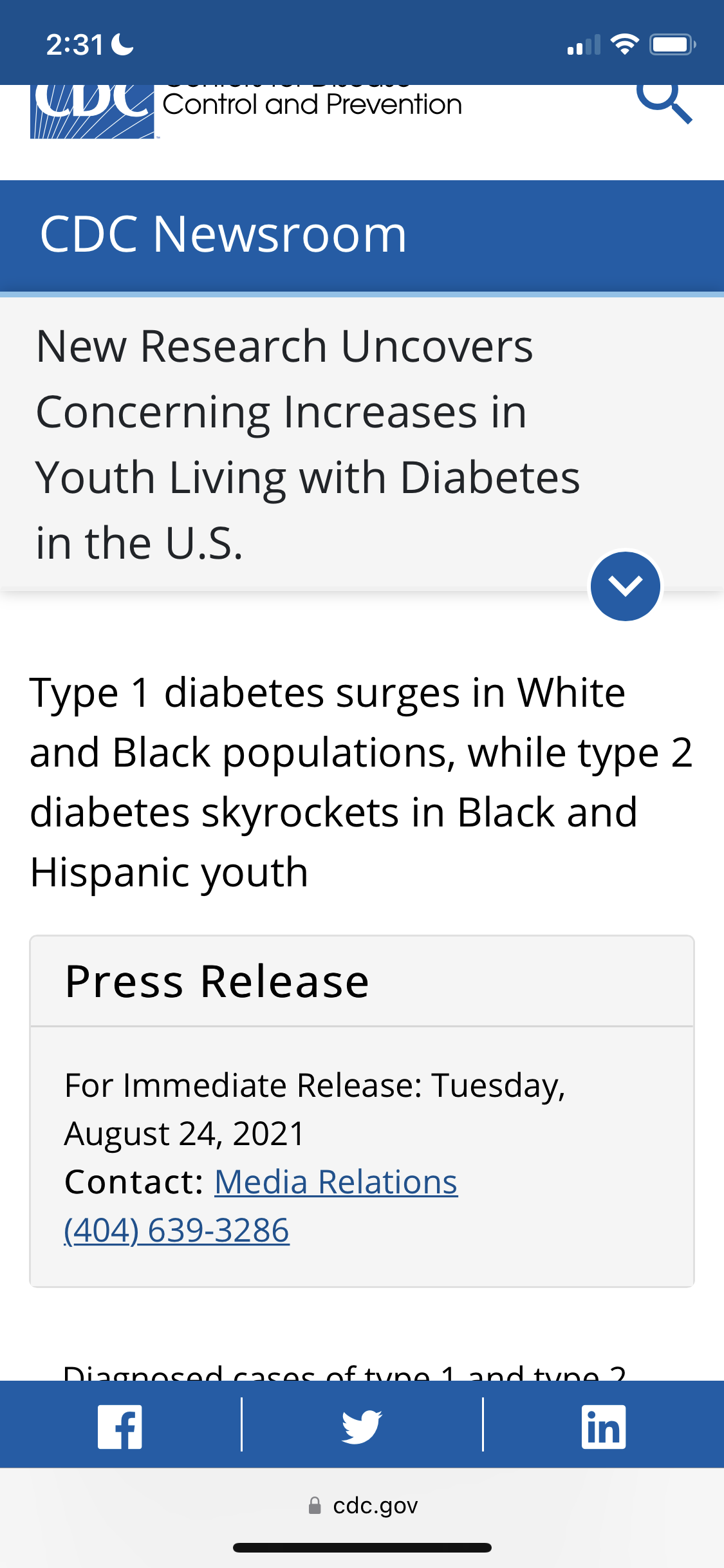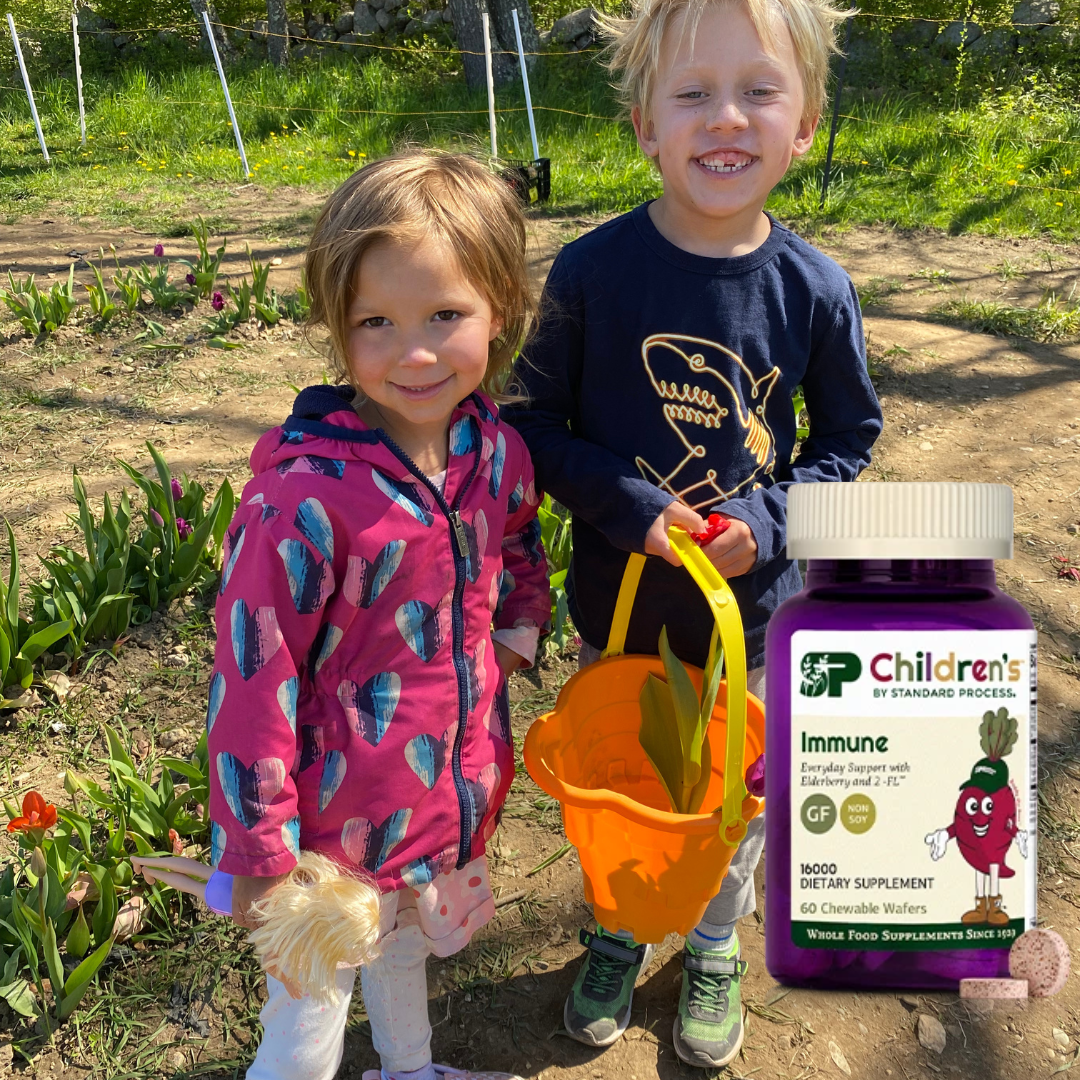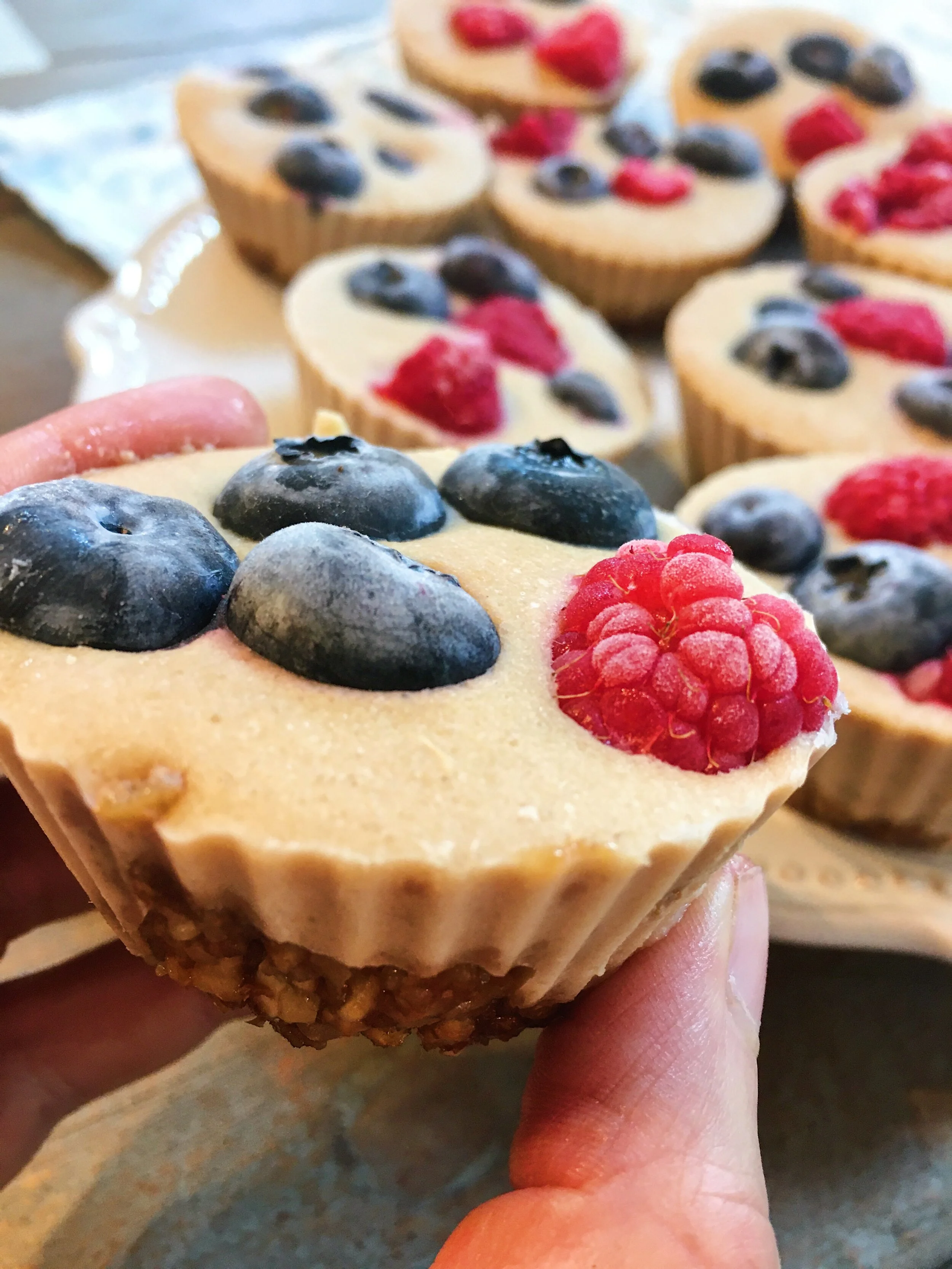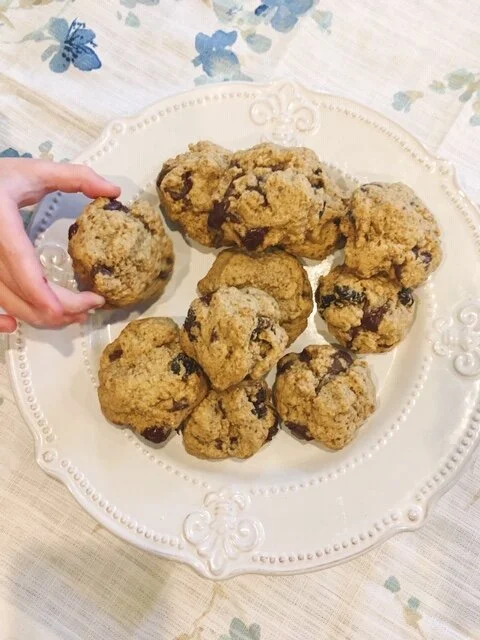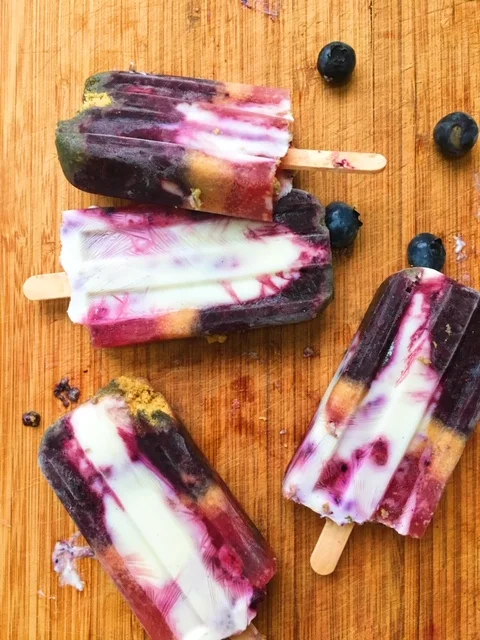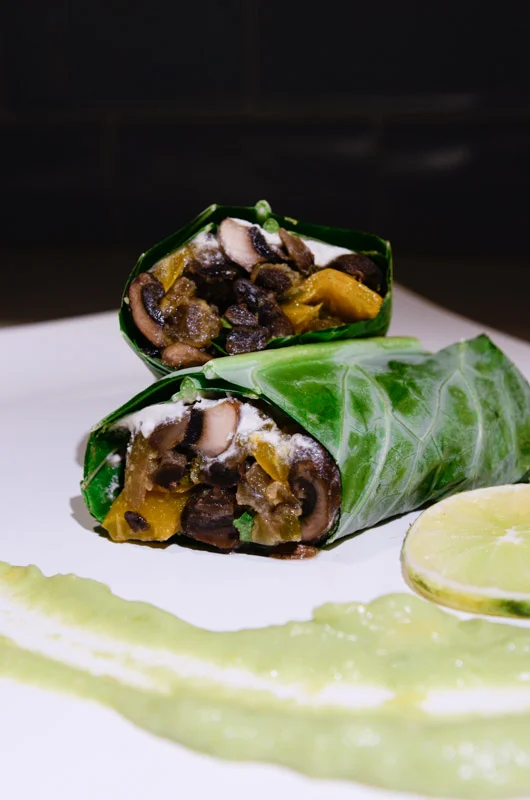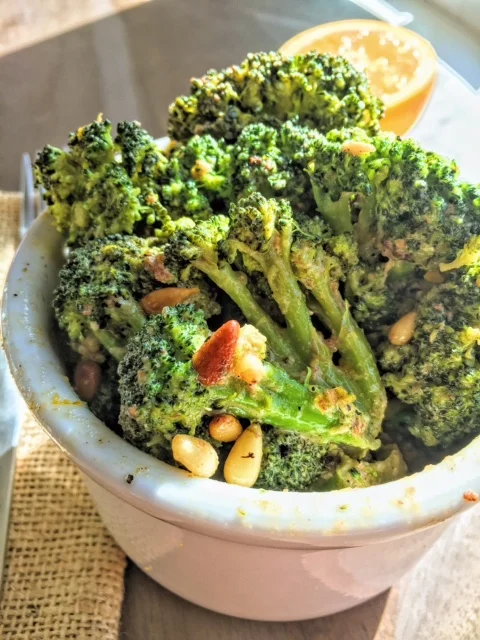An Integrative Nutritionist's take on the Impossible burger + Whole-Food Vegan Recipes
“Eating is an agricultural act. It’s an ecological and political act as well. Michael Pollan & Wendell Berry
5 Days of Buddha Bowls & Impossible burger review
“Eating is an agricultural act. It’s an ecological and political act as well. Michael Pollan & Wendell Berry
Is the impossible burger the answer?
Well there is a long and a short answer to this, but I won’t bore you with the short one;)
I promise it will be worth the read.
It is not new news that our food system is a major driver of chronic illness. In fact, many practitioners in the functional medicine space often say that every time we take a bite of food we’re either creating nourishment or feeding disease.
I believe it’s more than just this.
I have been in the wellness space for over almost 2 decades and it has taken me up until now to actually pinpoint what drives me. Why does providing education on simple health decisions and choosing better products turn me into a crazy passionate mad woman? These last couple years shined a huge light.
Back in March of 2020 I sat in my office in Boston, MA where I resided as a nutritionist for a large corporation that was on the brink of a lockdown. No one knew what was happening. All we knew was that there was a deadly virus spreading throughout the US like wildfire.
We had no specifics. No word on transmission, origins or comorbidities, just that certain folks were getting quite sick and sadly some dying. I knew I had to act fast. I needed to send a safety signal to the 200+ active clients I had been supporting. A felt a deep responsibility to pass along some kind of health information. An announcement?….a list of tips?…something to help them feel empowered. So I promptly decided on an extensive yet practical email blast with some clear and simple ways to support the immune system. The guide consisted of lifestyle tips, sleep hygiene, stress management, and nutrients known to support immune function. Once word got out that I had sent these tips, clients began forwarding them to their colleagues, family members and friends. Though I couldn’t save every life, It felt good to know I was doing my part as a health professional and that my efforts were fervently received.
Surely, I thought, fundamental health info like this will soon be mainstream news and people will begin taking the steps to make necessary changes, ease their stress, and go about their lives with less fear. Yes! Then once we have a better idea of the most affected populations (elderly to start), we can take a more narrow approach while still supporting the good of the whole with simple campaigns revolving around diet, importance of exercise, and effective ways to reduce stress in addition to the medical interventions that were to come.
That never happened.
Instead, a dark cloud was cast over the world (the US especially) with messages of fear and hopelessness.
As a result, the themes of most of my work sessions abruptly turned into supporting hundreds of people through mental health breakdowns, school closures, job losses of family members, social isolation, and escalating psychological traumas (all of which I could write separate blogs about), in addition to the initial losses from the virus itself which was devastating.
I reflect on this bleep in time because it served as a main driver for me to get clearer about what my central message was to be as a nutrition & wellness professional in the integrative space. Spending many years in the battlefield with clients and having a clear, clinical understanding of immune dysfunction and how the body handles foreign entities of all kinds, led me to the (now even more obvious) solution which was to teach more about the importance of eating real food. Everything else was a distant second.
Soon after more studies would come out on Vitamin D and other deficiencies leading to worse outcomes, followed by comorbidities which were not often discussed via the mainstream, if at all. (1,2)
So I’d see well-off, affluent, yet painfully distraught families in the grocery store, triple-masked, with doughnuts, frozen processed meals, and sugar cereals in their grocery carts. Where were they getting their information?
Again my optimistic self thought for sure this will be a good opportunity for us to start conversations in the public sphere. Nothing crazy, just some form of admission from our public health officials that a healthy lifestyle does factor in here somewhere. Was I going crazy or were free doughnuts for burnt-out, susceptible health care workers really not the answer?
What needs to change?
The truth is, until there is an acknowledgement of the bigger picture and we begin to take steps away from engineered, subsidized, processed foods (corn, soy, wheat) that are the #1 drivers of disease and explore the paths to different options, we will almost certainly lose this battle. Understandably, this operation takes time since it involves a breakdown of industrial complexes, (ie farming, conventional agriculture, media, government, pharmaceutical industry and all its revolving doors).
But in the meantime, while we were all stuck inside our houses bathing in hand sanitizer, could there have been some deliberate action taken to empower people? “Yes there are several things you can do. Like, right now!”
Sure, I could teach the 200 people on my instagram stories, but where was the media?
So yet again we saw the exact opposite. Chronic diseases, mental health and everything related to them catapulted to alarming levels.
Who did this misguided approach affect the most?
In addition to the irreversible havoc we have put our children through, I find it unacceptable that in some areas of the US, even the simplest of nutritional changes are still not attainable due to inaccessibility. But in order for that to change we need to educate the folks who have the money and resources on the vast differences between industrialized vs whole-real foods, so that we could eventually shift supply & demand and teach companies that we deserve better.
It goes without saying that communities living in food deserts and lower socioeconomic communities did not fare well during the pandemic since their already scarce sources of food became even more delayed.(3)
I honestly do wonder how many lives were greatly affected (or lost altogether) as a result of the first (of many) misguided approaches within these couple years The message of, “There’s nothing else we can do but wear a mask, socially distance, and sit tight for the vaccine.” Though there was nothing particularly wrong with these interventions (yes, back in March of 2020 I was hash-tagging #stayhome too), until more and more information began to unfold. Politics never entered my consciousness, and it was astounding to see so many who were once in favor of personalized health, inclusion, and environmental welfare now supporting the opposite. Was this about public health or more of an entranced, gradual ease into what would soon become elitist group think? I do know that when you take all forms of critical thinking out of the picture, life is much easier. Except when you have children to protect.
Amazingly, several months later there were even more irreparable gaping holes in the narrative that our main population was so blatantly trusting. At this point, the clients I was supporting felt even more hopeless as the painful divide we’d been experiencing was nearing its breaking point.
Still not much conversation on food, health, exercise. In fact, while we were watching rolling death counters and stories of doom, followed by ads for Fruit Loops and antidepressants, more and more industrialized seeds were being planted. Into the ground or into our minds? The answer…. both.
You see, 2 years + later, we are seeing not a decrease but an increase of chemically-derived products, (much of it genetically modified) with no prudence or clear understanding of how it affects the health of the population, the air, or the planet. What’s more, it’s being marketed as a healthy alternative whose mission is to save the planet..(4,5)
My concern with the food system goes far beyond genetic modifications, for there are other concerns that need attention as well. The problem, friends is that these foods are intentionally addicting. The hyper-palatable, manufactured trifecta of sodium, fat, and sugar that is quite capable of bypassing any well-intentioned goals of eating “small portions”, or practicing sincere moderation. This is true especially for our children whose palates are still in training and are now being taught to seek out explosive gustatory feedback from breakfast through dinner, then consequently veer away from whole, real foods. Wouldn’t you?
Not surprisingly, food addiction in children is linked to metabolic conditions, binge eating disorders, and a plethora of chronic disease states..(6)
We must understand that when we make a food addictive, the counterstatement of “once in a while” is not realistic nor accurate for most of the population consuming these products.(7)
They know this.
According to the World Economic Forum, Demand for plant-based foods could see annual growth of almost 12%, reaching a market value of more than $74 billion by 2027, according to a Meticulous Research forecast. While plant-based demand is increasing in most global markets, takeup in Asia-Pacific is expected to outstrip other regional markets.(4)
“Plant-based” has such a ring to it. But do the words “plant-based” actually mean, eat more plants?
They also claim to support biodiversity, yet according to the World Economic Forum, “the evolution of gene testing and gene editing will drive the future of healthcare.” (4) Say again?
This is the exact opposite of biodiversity.
Up to 90% of the US cropland are now genetically modified crops which poses severe threats to not just to the soil, but food security and the health of humans and animals. If these foods continue to dominate the agricultural landscape, ecological health as we once knew it will indeed be threatened.
But it is through education (teaching farmers more sustainable methods, i.e. regenerative agriculture), and arming those in the health field to properly educate on the importance of whole foods and navigation of the food supply rather than appointing bureaucratic entities like the American Dietetic Association (ADA) who receives funding from Coca Cola, General Mills, Monsanto, and Hershey, the National Association of Margarine Manufacturers, and a slew of other companies connected to government subsidized crops.(8)
Another talking point for this sudden “shift” in agriculture is that it will lower costs, and make food more readily available to the less fortunate communities, which sounds charitable and sincere, except in many of these areas, a soda is currently more accessible than a bottle of water (and in some places…clean water in general).(7) So we’ve known for quite some time that the problem is less about abundance and more about quality. It is a fact that food insecurity is directly linked to negative health outcomes, and planting more fake food will not help them. In fact it is partly because of this that we bear an increasingly unequipped healthcare system, coupled with poverty stricken populations as they endure costly medications from a steep increase in chronic disease and surprise medical bills.(9,10,11)
“We already live in a world that produces enough food to feed everyone. Thus, hunger results from inequity, not food shortage. Unequal distribution of quality food among communities suffering from poverty is the primary culprit in today’s world hunger, not abundance or quantity of food stocks. For those suffering from malnutrition, access to quality food depends on a variety of political, environmental, and socioeconomic factors.” National Geographic Resource Library.
image from impossiblefoods.com
What’s this got to do with the Impossible Burger?
Well Interestingly, many of the newer-kids-on-the-block-food-products happen to be promoted to the vegetarian and vegan communities as “health foods” propagandized to curb climate change and nourish the planet all with a seemingly deliberate blind eye to things like local farming, regenerative agriculture (a process that actually replenishes the soil and ecosystem), and promotion of sustainability and self-reliance.
Yes, there are local programs and community initiatives that I weep joyful tears when I see, but none of these will be as powerful and as impressionable as our current display of technocratic characters in the public health sphere, and they have an outright responsibility to use this power, not for their stock-holders, but for the well-being and sanity of the American people.
This has led me to the conclusion that every issue, (socioeconomic included ) can be solved by taking small, deliberate steps away from mere “ideas of food” (which has become the accepted norm), as we simultaneously reclaim our health for the next pandemic.
Case in point:
Here are the ingredients in the impossible burger:
Water, Soy Protein Concentrate, Coconut Oil, Sunflower Oil, Natural Flavors, 2% Or Less Of: Potato Protein, Methylcellulose, Yeast Extract, Cultured Dextrose, Food Starch Modified, Soy Leghemoglobin, Salt, Mixed Tocopherols (Antioxidant), Soy Protein Isolate, Vitamins and Minerals (Zinc Gluconate, Thiamine Hydrochloride (Vitamin B1), Niacin, Pyridoxine Hydrochloride (Vitamin B6), Riboflavin (Vitamin B2), Vitamin B12).(12)
This contains genetically engineered soy isolate with yeast extract (MSG), binders, flavors, and synthetic vitamins. Short story…the body does not recognize this as food. There are many concerns with soy isolates as any benefits of soy (which should firstly be organic, fermented, and non-genetically modified) are removed with the processing into isolate form. Whole, fermented soy, which has been used favorably in Japanese breast cancer studies, and touted for its positive effects on gut microbiota and neurodegenerative diseases is a very different product.(13,14)
The isolate form can often contain nitrates, aluminum, and other additives not labeled as well as agricultural products, i,e, glyphosate which I discuss more here. These isolates can especially be a problem for vegetarians who are limited in other protein sources since soy itself is not a terribly high quality protein to begin with for its low concentrations of important amino acids like methionine and lysine along with phytic acid interaction with vitamins, minerals, which further destroys its properties.(15) Additionally, the estrogenic influence of too much soy can drive hormone imbalances.(16) This coupled with the extra flavor enhancers and synthetic compounds makes for a huge toll on the hepatic and metabolic systems of the body. Synthetic B1 (thiamine) for example, is actually derived from coal tar (how fun), while synthetic B12 can pose a problem for those with methylation issues.(17,18)
B3 in abundance from artificial sources is also concerning. A 2010 study from the Journal of Gastroenterology revealed that the consumption of synthetic vitamin B3 increased oxidative stress and appetite which is a major cause of obesity in US children.(19)
“At some veg restaurants, mock meats have crowded out whole foods. Made with devitalized wheat gluten (whiter than white flour) or texturized vegetable protein (abbreviated and obfuscated as TVP that might as well be STP) or isolated vegetable protein (hexane-soaked bean derivatives that deserve to be isolated from your diet), mock meats are highly processed and fractured foods that have no place in any diet, whether vegan or not. Mock meats are alternatives not just to meat. They are alternatives to food.”
“The hyper-palatable, manufactured trifecta of sodium, fat, and sugar that is quite capable of bypassing any well-intentioned goals of eating “small portions”, or practicing sincere moderation. This is true especially for our children whose palates are still in training and are now being taught to seek out explosive gustatory feedback from breakfast through dinner, then consequently veer away from whole, real foods. Wouldn’t you?”
Nutritious Yogi
Will you notice any negative effects the second you eat these types of foods? Most likely not. Will you notice the effects after you’re eating these foods often with the plethora of other addictive foods at your disposal? Yes, and it comes in the form of smoldering inflammation and chronic disease.
Sorry but there’s more.
According to the Impossible Foods website, “We use two key genetically engineered ingredients: heme (soy leghemoglobin) -- the “magic” molecule that makes certain meats taste so meaty -- and soy protein.”
Folks, the real magic ingredient is a heme protein (naturally occurring in real meats which creates the “bleeding effect”) from the roots of soy plants that gets inserted into a genetically engineered yeast. What could possibly go wrong?
Hey, I get it, it's a party in your mouth. But that no-doubt tantalizing taste combined with convenience and “promise-of-a-better- world” is instead taking us one large step further into the arms of the technocratic complexes (the ones that brought you “the science” in 2021) and a hundred steps further into the web of the sick-care system.
Are we getting the connection yet?
So if you’re reading up to this point you know that the ingredients here are only part of my worries, but since this is the crux of the issue and since I’m a nutritionist, it had to be stated.
At the end of the day, those of us who have the education and resources, I think, have a responsibility to change this for our children, which is why I devote a ton of time on my channel discussing how foods affect the body and how making simple, reasonable choices can soon make a world of difference to those who don’t yet have a choice. As a mom of a little boy on the autism spectrum, I am served a daily reminder or how far our society has come from nature, and how from the second a child is born, they are blasted with a sequence of manufactured interventions (that not all can handle), followed by diets laden with oxidized fats, corn syrup, and artificial colors/flavors, many of which are advertised as healthy, then being thrown full throttle into adulthood continuing the addictive patterns as a consequence. And we wonder why chronic health conditions in today’s youth have skyrocketed.(20)
So when someone asks why it may not be in their best interest to eat foods that contain no meat and will “save the planet” but are actually glyphosate-laden, hormone-disrupting, heart-wrenchingly addicting foods, the ingredient list becomes only 1 of about 10 reasons why.
When we eat, we are making an ethical decision as much as we are a nutritional one, therefore choosing real food is less about “diet culture” or having a small waistline, and more about rejecting a system that promotes sick care.
First step? Next time you take a bite of food, ask yourself, “what am I feeding?” Aside from nourishment, am I being provided peace of mind, harmony with the ecosystem, a lessened dependency on health systems and what they have come to represent? Or am I feeding into a socially engineered system? The one that touts the illusion of “health for all”, but in actuality is anything but.
Jeffrey M Smith, author of Seeds of Deception, reveals the concerns of GMO products and how the snipping of DNA is actually done.
Here, Dr Josh Axe and Jordan Rubin discuss regenerative farming and what actually heals the planet.
Dr Zach Bush discusses soil & food independence & regenerative agriculture.
What can we do?
Make conscious shifts toward more wholesome products and support companies who are more aligned with regenerative agriculture. Here are some of my favorite resources:
Sustainable America: https://sustainableamerica.org/blog/what-is-regenerative-agriculture/
The Detox Project: (to reduce glyphosate-containing foods https://detoxproject.org/
The non GMO project: https://www.nongmoproject.org/
Follow me on instagram! For the past 2 years, I feel proud to have been 100% consistent with my message (even when it wasn’t convenient to be), and tried my best to empower you all with the most well-researched, science-based, health & lifestyle advice I can offer. This includes mental health for adults and children as we continue to experience the aftershocks of these past years.
Take the time to understand food preparation and learn easy recipes that contain whole real foods. There are several on this website to start and if you’re struggling with additional ideas, instagram, pinterest, or wherever you hang out the most will always have healthy ideas. Just be sure they’re using whole real foods.
Spread the word and educate! Teach your friends and family which foods are not just a source of nourishment, but are reasonable, sustainable, and actually better for the planet. This is what will help drive more demand and lower health care costs!
.
Now in lieu of the impossible burger, let’s build some vegan recipes that check the nutritional boxes while still delicious, affordable, and easy, and most importantly can serve as an ever-present unifier in our fight for true health and sovereignty.
5 Days of Buddha Bowls starts next week on my Instagram Stories (and youtube soon after).
.
Note:
Though I am more a proponent of local, pasture-raised, or regenerative meats (more coming) for their bioavailability of concentrated nutrition (omega 3, iron, B12, etc), and all the reasons I just spoke of, I have had hundreds (yes hundreds) of clients who I’ve supported through the years through vegetarian/ vegan lifestyles since it was important for them to do it right. Hint- wanna eat plant-based? …. (Then eat more plants). 🥒🌱🥕🌶🥦🧅🥬
And in the meantime, below are a few of my favorite vegan recipes (some I did when I just started blogging so the pictures may not be beautiful, but I promise the food itself is delicious).
References
Weir EK, Thenappan T, Bhargava M, Chen Y. Does vitamin D deficiency increase the severity of COVID-19?. Clin Med (Lond). 2020;20(4):e107-e108. doi:10.7861/clinmed.2020-0301
News. What is the link between vitamin D levels and COVID-19? news. Published 2022. Accessed June 19, 2022. https://health.ucdavis.edu/news/headlines/what-is-the-link-between-vitamin-d-levels-and-covid-19/2022/02
Niles, MT., et al. (2020) The Early Food Insecurity Impacts of COVID-19 Nutrients 2020 Jul 15;12(7):2096. doi: 10.3390/nu12072096. Accessed January 28, 2021. https://www.mdpi.com/2072-6643/12/7/2096/htm
Chaurasia A, Hawksworth DL, de Miranda MP. GMOs: Implications for Biodiversity Conservation and Ecological Processes. Springer Nature; 2020.
Impossible foods/ genetically modified ingredients https://faq.impossiblefoods.com/hc/en-us/articles/360023038894-Do-your-products-contain-genetically-modified-ingredients-
Meule A. How Prevalent is "Food Addiction"?. Front Psychiatry. 2011;2:61. Published 2011 Nov 3. doi:10.3389/fpsyt.2011.00061
Hyman, Mark: Food Fix, Educational Papers, 2022. https://www.foodfix.org/educational-papers
Rogers R. American Dietetic Association: Shill for big food. Healthy Eating Politics. Published June 5, 2011. Accessed June 19, 2022. https://www.healthy-eating-politics.com/american-dietetic-association.html
What is a “surprise medical bill” and what should I know about the No Surprises Act? Consumer Financial Protection Bureau. Accessed June 19, 2022. https://www.consumerfinance.gov/ask-cfpb/what-is-a-surprise-medical-bill-and-what-should-i-know-about-the-no-surprises-act-en-2123/
Hanmer J, DeWalt DA, Berkowitz SA. Association between Food Insecurity and Health-Related Quality of Life: a Nationally Representative Survey. J Gen Intern Med. 2021;36(6):1638-1647. doi:10.1007/s11606-020-06492-9
Phillips D. Diabetes, obesity-linked disorders double in kids. Medscape. Published January 20, 2017. Accessed June 19, 2022. https://www.medscape.com/viewarticle/874716?pa=XdXK8IRmGPHOcm9xtLG4D2uLSKilWd7MjwDiPSTb2IJU80SCbCwB8T4ZfN1XIxRKX8MwC0EECwzp432S
Impossible Burger ingredients. Impossible Foods, 2022. https://faq.impossiblefoods.com/hc/en-us/articles/360018937494-What-are-the-ingredients-in-Impossible-Burger-
Takagi A, Kano M, Kaga C. Possibility of breast cancer prevention: use of soy isoflavones and fermented soy beverage produced using probiotics. Int J Mol Sci. 2015;16(5):10907-10920. Published 2015 May 13. doi:10.3390/ijms160510907
Jang CH, Oh J, Lim JS, Kim HJ, Kim JS. Fermented Soy Products: Beneficial Potential in Neurodegenerative Diseases. Foods. 2021;10(3):636. Published 2021 Mar 18. doi:10.3390/foods10030636
Rackis, Joseph, J., "Biological and Physiological Factors in Soybeans", Journal of the American Oil Chemists' Society 51:161A-170A, January 1974.
Cassidy, A. et al., "Biological Effects of a Diet of Soy Protein Rich in Isoflavones on the Menstrual Cycle of Premenopausal Women", American Journal of Clinical Nutrition (1994) 60:333-340.
Ingram C. More Information on the Danger of Man-Made B Vitamins - Thiamine and Riboflavin. Cass Ingram. Published February 7, 2015. Accessed June 14, 2022. https://cassingram.com/information-danger-man-made-b-vitamins-thiamine-riboflavin/
Coal Tar: Cancer.gov https://www.cancer.gov/about-cancer/causes-prevention/risk/substances/coal-tar
Li, D., Sun, W. P., Zhou, Y. M., Liu, Q. G., Zhou, S. S., Luo, N., Bian, F. N., Zhao, Z. G., & Guo, M. (2010). Chronic niacin overload may be involved in the increased prevalence of obesity in US children. World journal of gastroenterology, 16(19), 2378–2387. https://doi.org/10.3748/wjg.v16.i19.2378
Hayes TO. Chronic disease in the United States: A worsening health and economic crisis. AAF. Published September 10, 2020. Accessed June 17, 2022. https://www.americanactionforum.org/research/chronic-disease-in-the-united-states-a-worsening-health-and-economic-crisis/


